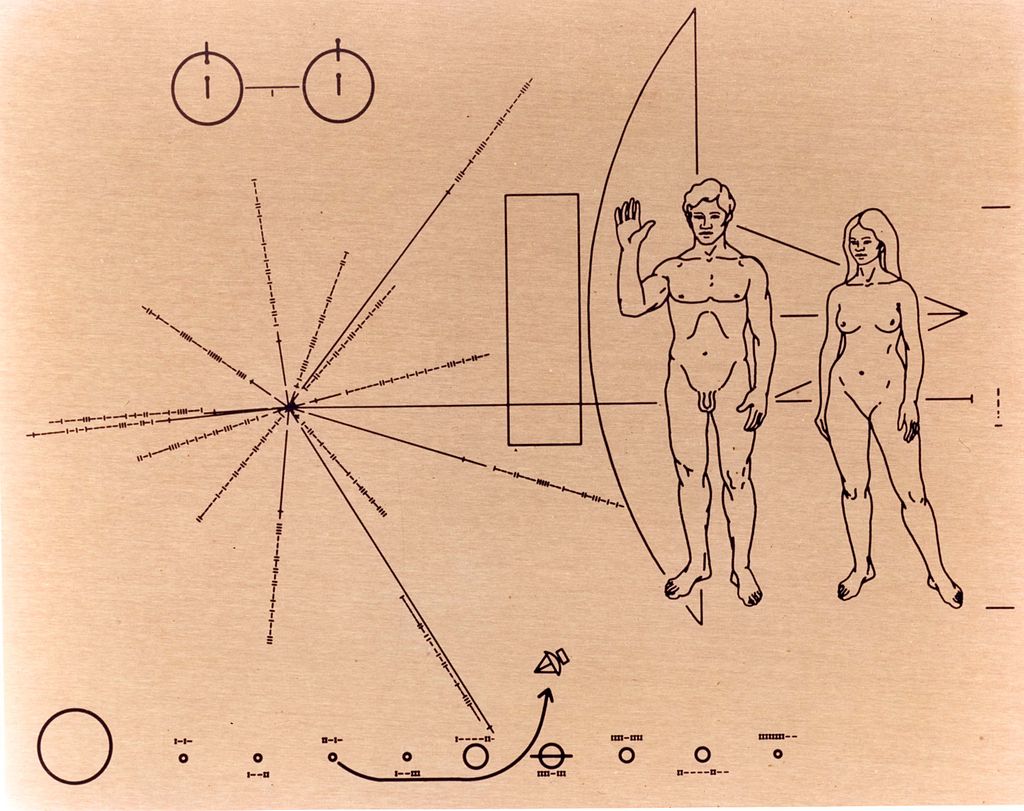TromboneAl
Give me a museum and I'll fill it. (Picasso) Give me a forum ...
- Joined
- Jun 30, 2006
- Messages
- 12,880
In a subplot of my book, a highly advanced civilization has a probe that travels around the galaxy, visiting solar systems. When it detects signals from a planet, it heads over to it, and sends it a message.
The message it wants to send is: "There are many civilizations in the galaxy. Send me signals, and I will relay them at faster than light speeds."
First do you see any problems with that scenario? The advantage over just sending out signals is that primitive civilizations like ours would have trouble detecting them, and only light-speed waves can be sent out. But if a probe gets in your face, it would be hard to miss it, and a dialogue could be set up in real time.
Second, how would you design a message that could be decoded by a civilization with nothing in common with the sending species? I've looked at the arecibo message, and not been impressed, same with the Voyager plaque. I haven't found much info on how a message might look. Links?
My thought would be to have, like the arecibo message, a series of bitmapped images--essentially a movie. But it could have a much higher resolution. I don't see a problem with getting that basic message across.
Thanks for helping me brainstorm.
The message it wants to send is: "There are many civilizations in the galaxy. Send me signals, and I will relay them at faster than light speeds."
First do you see any problems with that scenario? The advantage over just sending out signals is that primitive civilizations like ours would have trouble detecting them, and only light-speed waves can be sent out. But if a probe gets in your face, it would be hard to miss it, and a dialogue could be set up in real time.
Second, how would you design a message that could be decoded by a civilization with nothing in common with the sending species? I've looked at the arecibo message, and not been impressed, same with the Voyager plaque. I haven't found much info on how a message might look. Links?
My thought would be to have, like the arecibo message, a series of bitmapped images--essentially a movie. But it could have a much higher resolution. I don't see a problem with getting that basic message across.
Thanks for helping me brainstorm.
Last edited:

